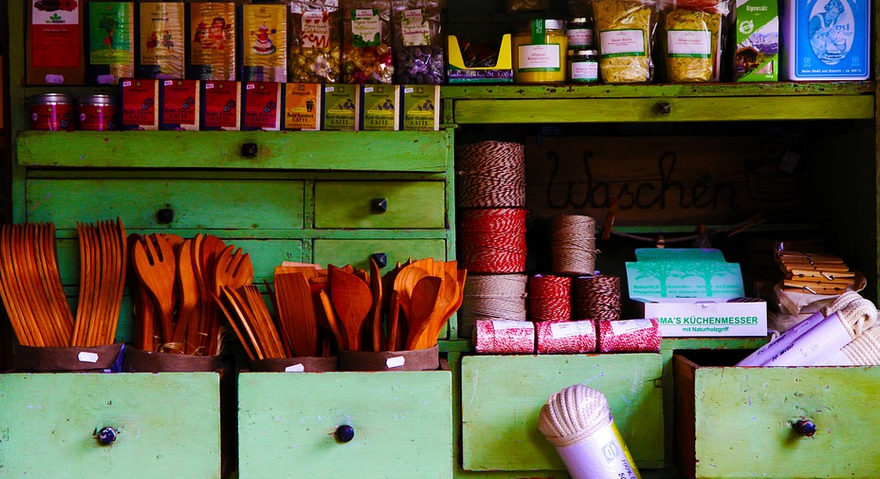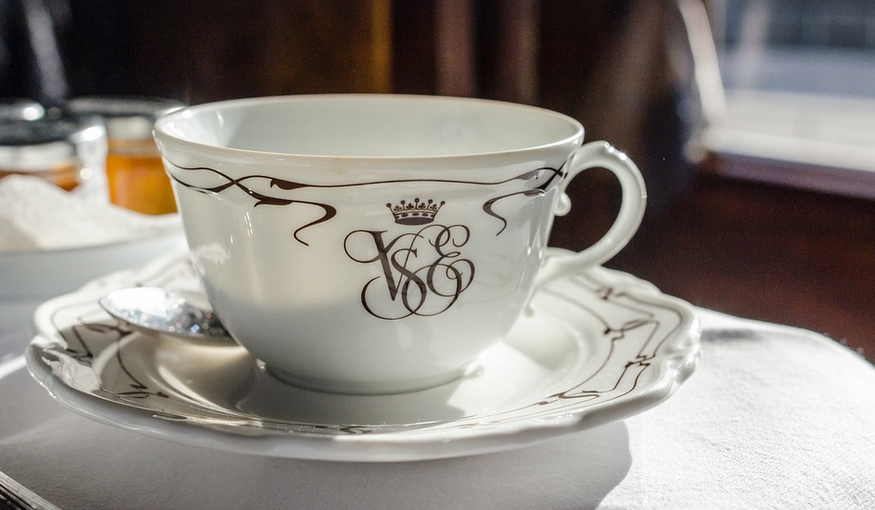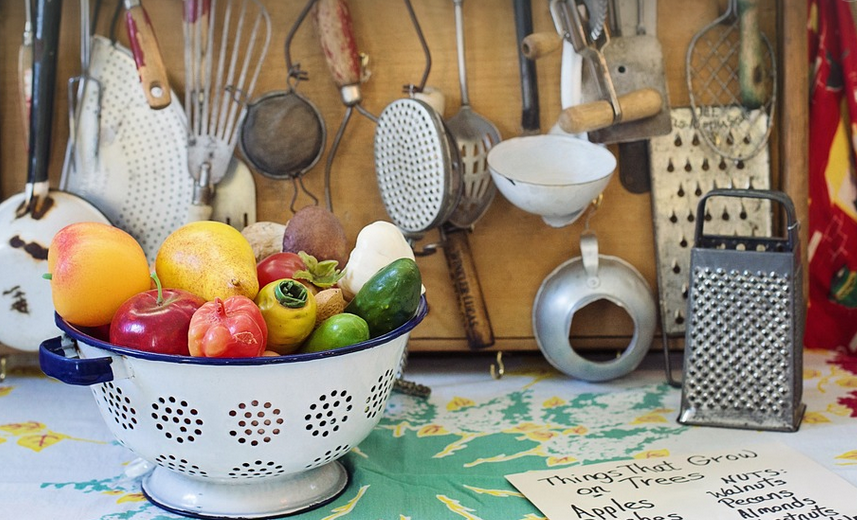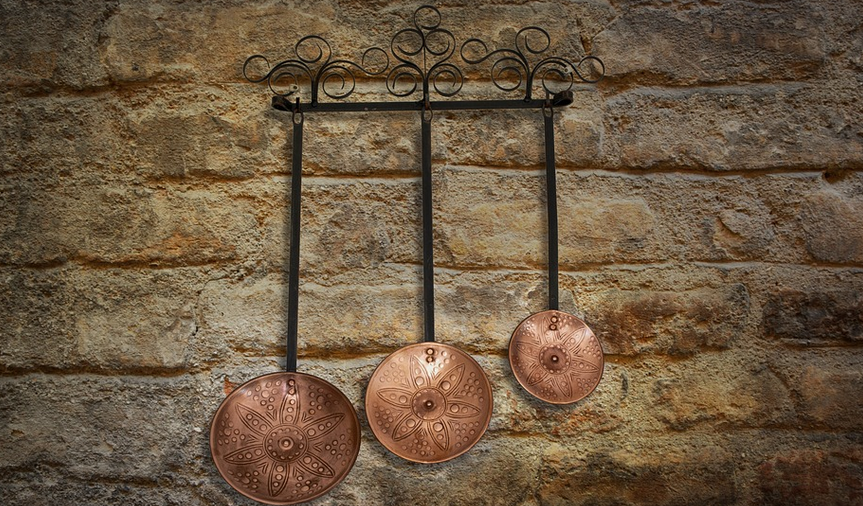Kerdi Board Installation: A Comprehensive Guide For Beginners

Say Goodbye to Leaks, Hello to Shower Perfection with Kerdi Board
In recent years, shower bathrooms have seen a surge in popularity, and tile showers are no longer just a luxury but an essential element of many modern homes. However, building or renovating your dream bathroom can feel daunting, especially if you’re tackling complex tasks like installing waterproof barriers for your shower. Fortunately, Kerdi board is here to simplify things! Kerdi Board, a revolutionary waterproof membrane system designed by Schluter Systems, has become the gold standard for tile shower installations. This durable product is known for its strength and ability to withstand even the most demanding conditions—giving you peace of mind knowing your shower will stand the test of time.
But with all its advantages, installing Kerdi board can seem overwhelming if you’re not familiar with the process. Don’t worry! This comprehensive guide covers everything you need to know about installing Kerdi board for a flawless and long-lasting shower design.
Why Choose Kerdi Board?
Before diving into the installation, let’s explore why Kerdi board stands out as the ultimate choice for waterproof membrane applications. It is known for several key advantages:
- Watertight Integrity: Kerdi board creates a seamless waterproof barrier that prevents moisture from entering the shower walls and floor, effectively eliminating leaks.
- Durability and Longevity: Kerdi board is incredibly strong and resistant to damage, guaranteeing lasting performance for years to come.
- Easy Installation: The Kerdi system offers a simplified installation process with pre-designed panels that make the job easier and faster.
- Versatility: Kerdi board is versatile enough for any shower design, from simple designs to complex multi-level showers.
- Health and Safety Benefits: Kerdi board eliminates mold and mildew growth, ensuring a healthy and hygienic environment in your shower.
Kerdi Board Installation: Step by Step
Now that we understand the benefits, let’s delve into the detailed process of installing Kerdi board. This step-by-step guide will lay out each phase, ensuring a smooth and successful outcome.
1. Planning & Preparation
Before you begin, proper planning is key to a successful installation. Here’s what you need to do beforehand:
- Measure Your Shower Space: Accurately measure your shower walls and floor to determine the exact number of Kerdi panels required.
- Check for Existing Waterproofing: If you’re renovating an existing shower, ensure that your waterproofing layer is in good condition. If necessary, address any issues before installing Kerdi board.
- Prepare Your Surroundings: Protect your floor and surrounding areas from debris by covering them with drop cloths or plastic sheeting.
2. Foundation Prep
Creating a solid foundation is crucial for long-lasting performance. Here’s what you need to do:
- Install Shower Base: If you don’t have one, install your shower base. It should be level and properly supported.
- Utilize Kerdi Drain Kit: Install the Kerdi drain kit according to manufacturer instructions for proper water flow and drainage.
- Level Your Shower Floor: Check and adjust the shower floor level if necessary. This ensures a smooth surface for installation.
3. Applying the Kerdi Membrane
Now that the foundation is ready, it’s time to apply the waterproofing membrane. Here’s how:
- Prepare the Kerdi Board: Carefully cut your Kerdi board panels according to your shower layout and ensure there are no gaps or overlaps.
- Apply Kerdiband Adhesive: Apply Kerdiband adhesive along the edges of each panel, creating a tight seal with the walls.
- Install Kerdi Board Panels: Carefully install your Kerdi board panels using Kerdi Shower Membrane. Ensure you create a seamless transition between each panel and leave no gaps or overlaps.
4. Waterproofing & Grouting
Once the Kerdi board is set, it’s time to complete the waterproofing process:
- Apply Kerdi Membrane: Apply Kerdi membrane for watertight protection and create a seamless transition between each panel.
- Grouting: Select the appropriate grout color, and use a trowel to apply a thin layer of waterproof grout between the Kerdi panels. Ensure it’s level with the surrounding surfaces to create a smooth finish.
- Finish Touches: Allow the grout to cure properly before proceeding. Clean up any excess grout from the surface and use painter’s tape to create clean lines between each panel of Kerdi board.
5. Finalization
The final step involves completing your shower design:
- Install Shower Head: Install the desired shower head to complete the installation.
- Finishing Touches: Add any additional finishing details such as tile accents.
Maintenance & Long-Term Care
While Kerdi board’s durability is impressive, maintaining it for longevity is crucial:
- Regular Cleaning: Regularly clean your shower walls and floor using a mild detergent and water. Don’t forget to scrub the grout lines to remove any dirt or mold.
- Inspect Regularly for Leaks: Conduct regular inspections after each cleaning session to identify any potential leaks. Take note of any issues like cracks or gaps in the membrane that need attention.
- Prevent Mold and Mildew Growth: Ensure adequate ventilation in your shower space by opening a window or using exhaust fans. This helps keep moisture at bay, preventing mold and mildew from forming.
With proper maintenance and care, you can enjoy a long-lasting and leak-free shower experience!


